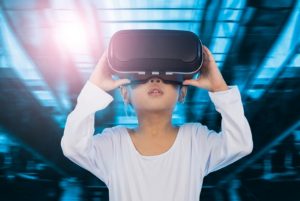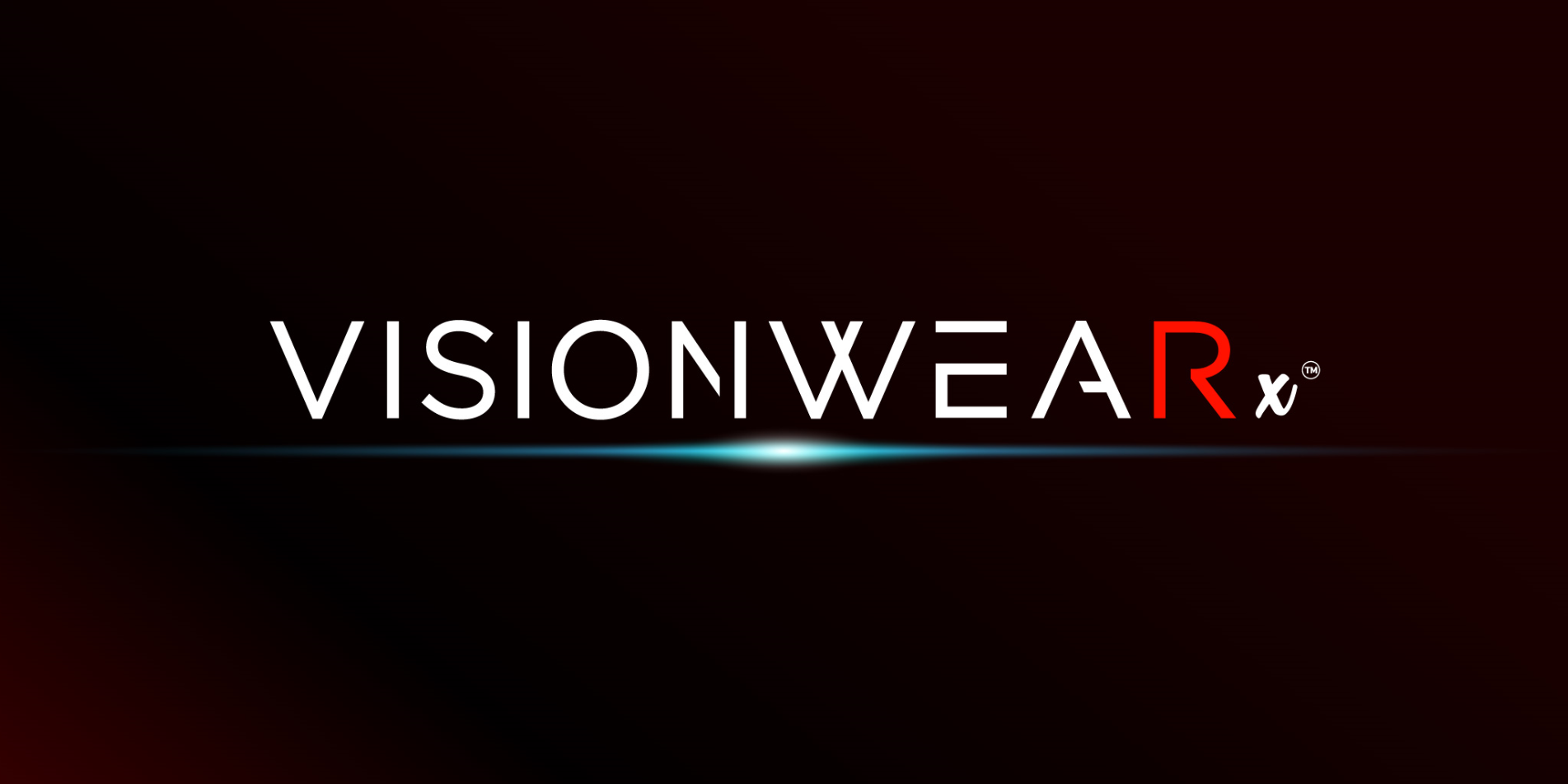Dyslexia is a learning disorder that affects the way in which an individual acquires language. According to Dyslexia Ontario, “Dyslexia refers to a cluster of symptoms, which result in people having difficulties with specific language skills. These problems typically arise when there is no neurological or sensory deficit.”
Multisensory systems help improve learning outcomes in dyslexia because they provide a more holistic learning experience. By engaging multiple senses, the learner’s brain is better able to process and learn information. In addition, multisensory teaching methods are particularly beneficial for individuals with dyslexia, as they can help improve reading skills, phonemic awareness, and vocabulary.
Current diagnostic protocols in testing for dyslexia include: “a series of standardized assessments with input from educators and parents, observations in the classroom setting, school reports, and self-referral for assessment”. The profession that is said to conduct this diagnosis is a teacher (or trained specialist).
The current prevalence of dyslexia in school going children are said to be about 10%. However, this number may be higher as dyslexia often goes undiagnosed. Successful diagnosis and treatment of dyslexia depends on early detection. If dyslexia is not detected early on, it can lead to problems in reading, writing, and mathematics. This can have a negative impact on a child and cause long lasting emotional and social economic problems. Dyslexia can be treated with a variety of interventions, including specialized instruction and accommodations. Early diagnosis and treatment is the key to helping children with dyslexia achieve their best possible outcomes.
For many people, the idea of school being closed is a huge worry. As you can imagine with all these students out there in need and no one to teach them how things work it’s not exactly ideal for any child who wants an education but doesn’t get enough attention from their teachers or don’t perform well because they have dyslexia (or some other formative reading disability).
The solution? Virtual Reality! Not only does VR increase facilities needed; It also allows those struggling academically access this treatment without having trouble understanding what instructors say during lessons – making learning so much easier on both ends.
VR is proving to deliver impressive advancements in key learning metrics such as reductions in learning time, increased information recall and greater confidence in applying the learnings to the real world.
What is VisionweaRx all about?
 VisionweaRx had the ability to do the following:
VisionweaRx had the ability to do the following:
Customize layouts, font styles and sizes as well as background colours allows for personalized medical intervention in order to help individuals with learning disorders.
Allows for diagnosis and treatment to be performed in a gaming environment, making the experience enjoyable and subsequently maintainable for the child.
Incorporates eye tracking to establish eye movement patterns, eye movement discrepancies, and then train according to whatever deficit exists.
This technology includes live Biometric data including pulse rate, stress levels and EEG brain signals wave activity. With these conditions resulting in a high level of stress and anxiety to the child, being able to monitor these biometrics allows a clinician to better manage patient anxiety during the assessment process.
Watch this Interactive video for a great overview of what VisionweaRx is all about.

In Conclusion
VisionweaRx is a ground breaking tool for the diagnosis and management of Dyslexia. It incorporates measurable data that can be monitored and managed as needed. This is revolutionary and has never been done in the learning disability space.


Leave a Reply